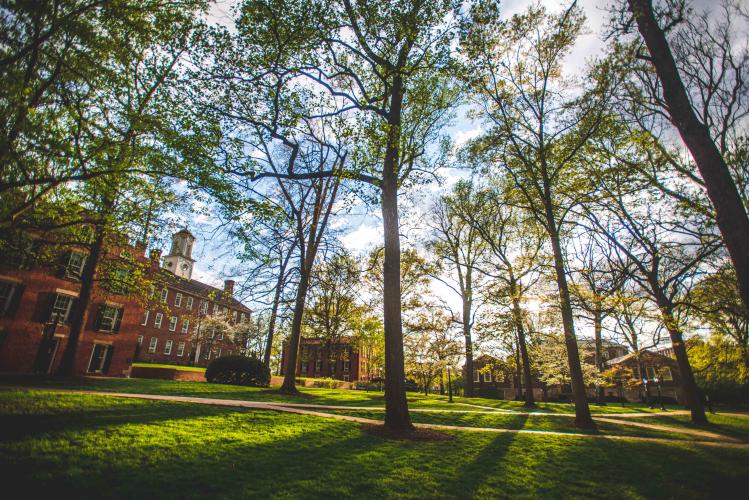
Visiting Scholar Dr. Joyce De Vries to discuss feminism and the arts with OHIO students

Dr. Joyce De Vries, professor and chair of Art and Art History at Auburn University in Alabama, will present to Ohio University students and the public her research about female patronage in the arts and how women have historically constructed their gender and political identity.
De Vries’ lecture, “Gender and Material Culture in Early Modern Italy,” aligns with a School of Interdisciplinary Arts (I-Arts) seminar topic, “Feminism and the Arts” and will take place virtually via Microsoft Teams on Oct. 6, from 2 to 3:30 p.m.

“My work is situated within some important recent transformations in the art history of Early Modern Italy,” De Vries said. “It is part of the larger effort to rehabilitate women back into the field, whether by researching female artists or, in my case, female patronage and collecting, and to examine gender issues, both masculinities and femininities, at play in works of art and their consumption.”
De Vries will work with students in many different ways during her time at OHIO, including answering questions and having discussions after the lecture, and meetings with I-Arts graduate students.
“This extended time-frame, with different types of interactions, is a special treatment that will allow for deeper conversations into research content and methods,” she said. “I am looking forward to learning what the seminar students are working on and how they are integrating feminist and gendered analysis into their projects.”
Charles Buchanan Ph.D., associate professor of Interdisciplinary Arts at OHIO, said he first became familiar with De Vries’ book, "Caterina Sforza and the Art of Appearances: Gender, Art, and Culture in Early Modern Italy," when teaching Renaissance art history.
“She’s an expert in archival work,” Buchanan said. “So, I would say that she would be modeling that type of scholarship for students, some of them will be interested in it and will actually do archival work themselves on their dissertations.”
Buchanan explained that I-Arts is a very fluid study and lets students determine their own paths.
“I hope that Ohio University students will be interested in learning more about Early Modern art history,” De Vries said. “Perhaps more importantly, I would like to convey to students how research can develop in unpredictable – yet very productive – ways if you have an open mind and willingness to explore beyond the usual disciplinary boundaries.”
De Vries spoke to the importance of exchanging ideas within scholarly research and said all scholarship has elements of collaboration.
“Scholars build on the research of previous scholars and try out new ideas and seek feedback in the classroom and at conferences,” she said. “At every stage, these informal and formal interactions – really, collaborations – can provide unexpected ideas that improve the arguments or lead you in a different direction.”
